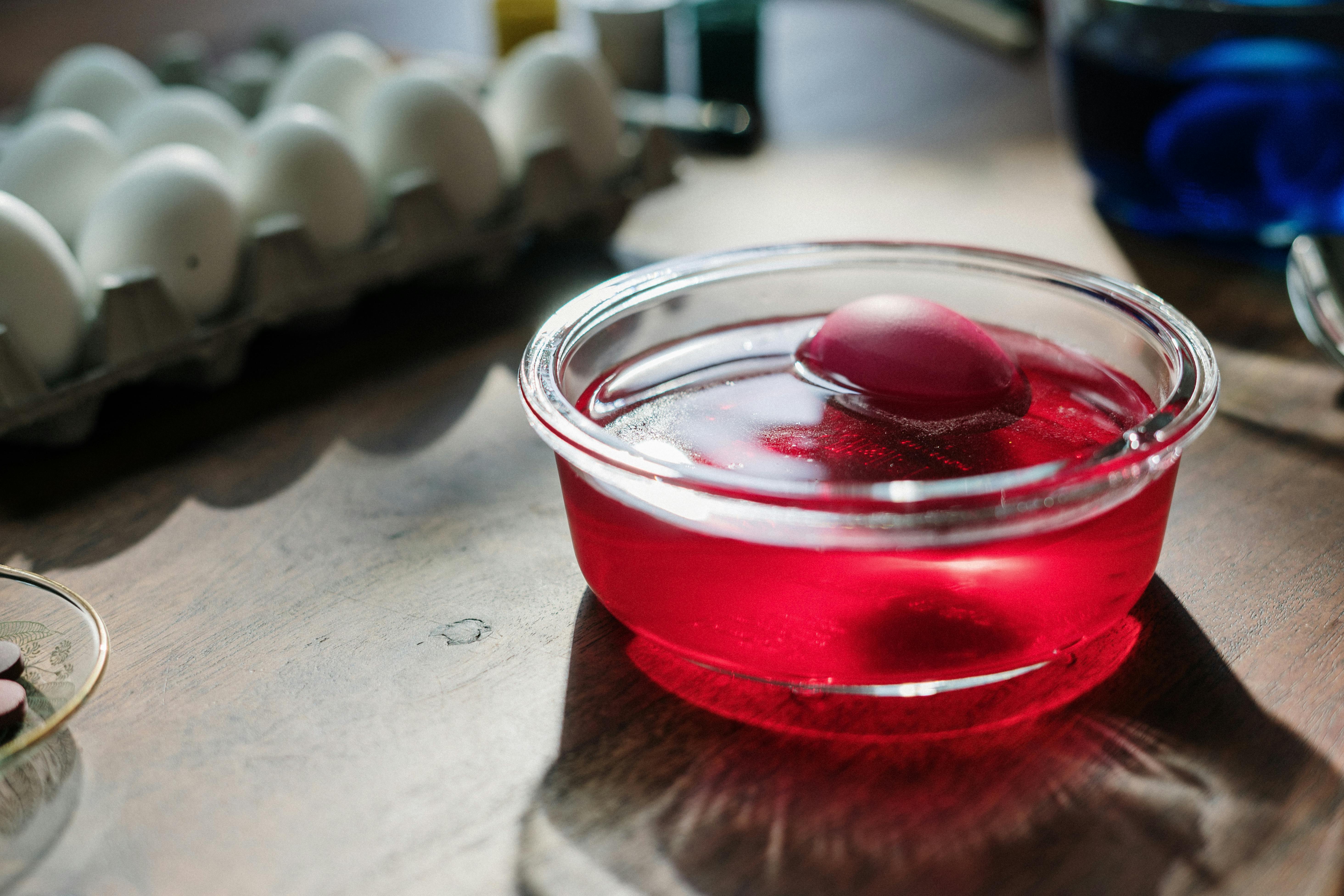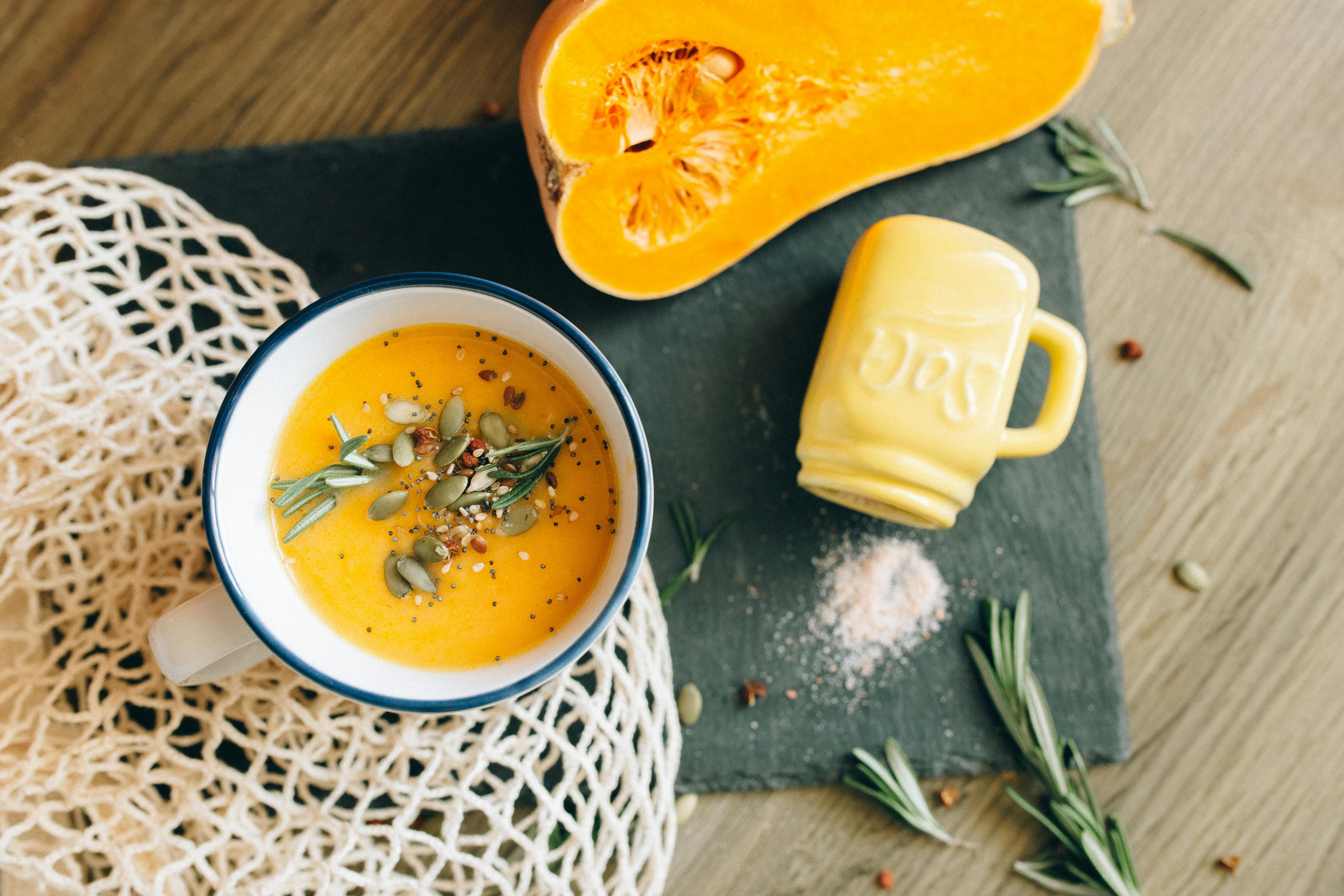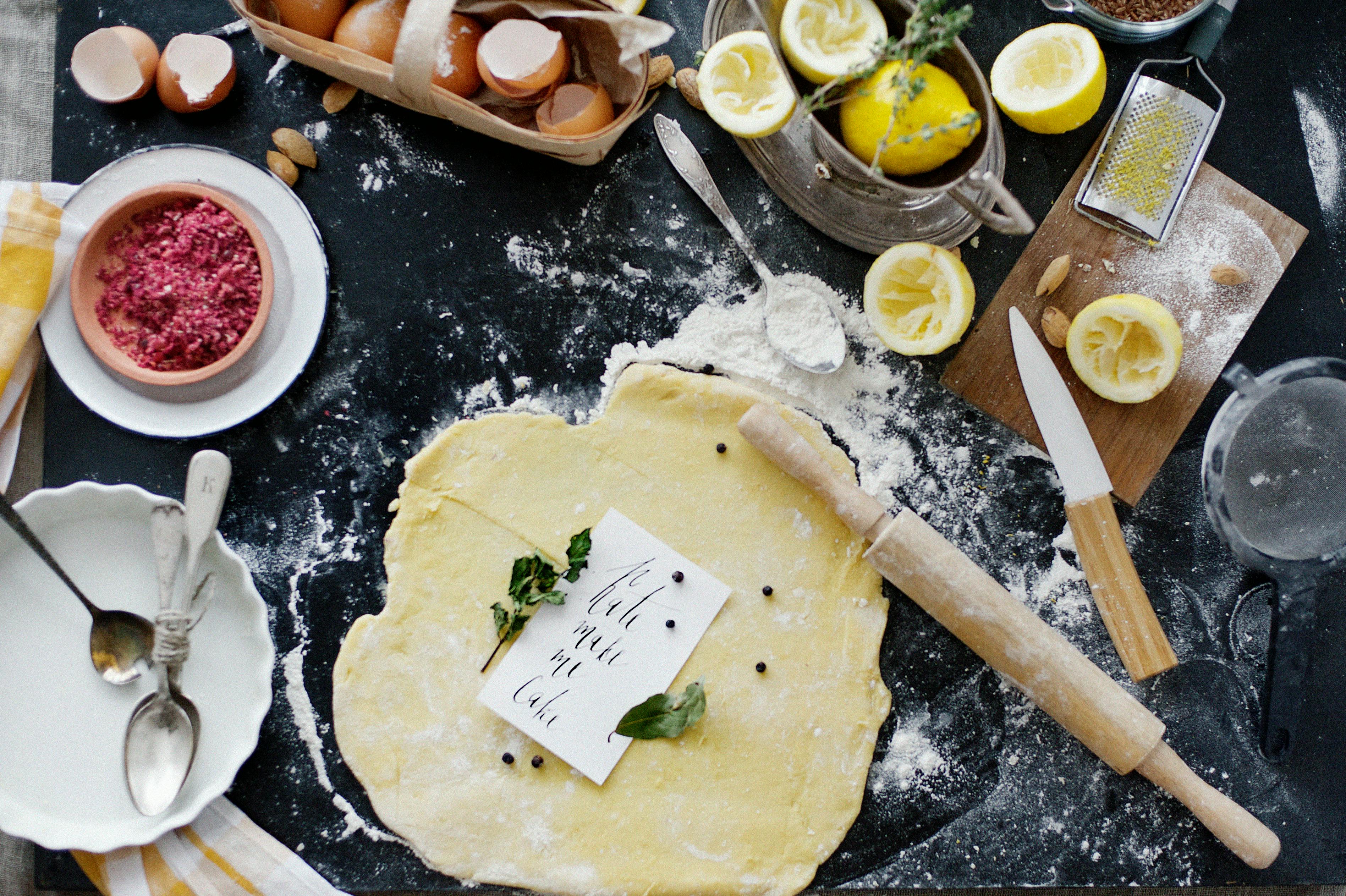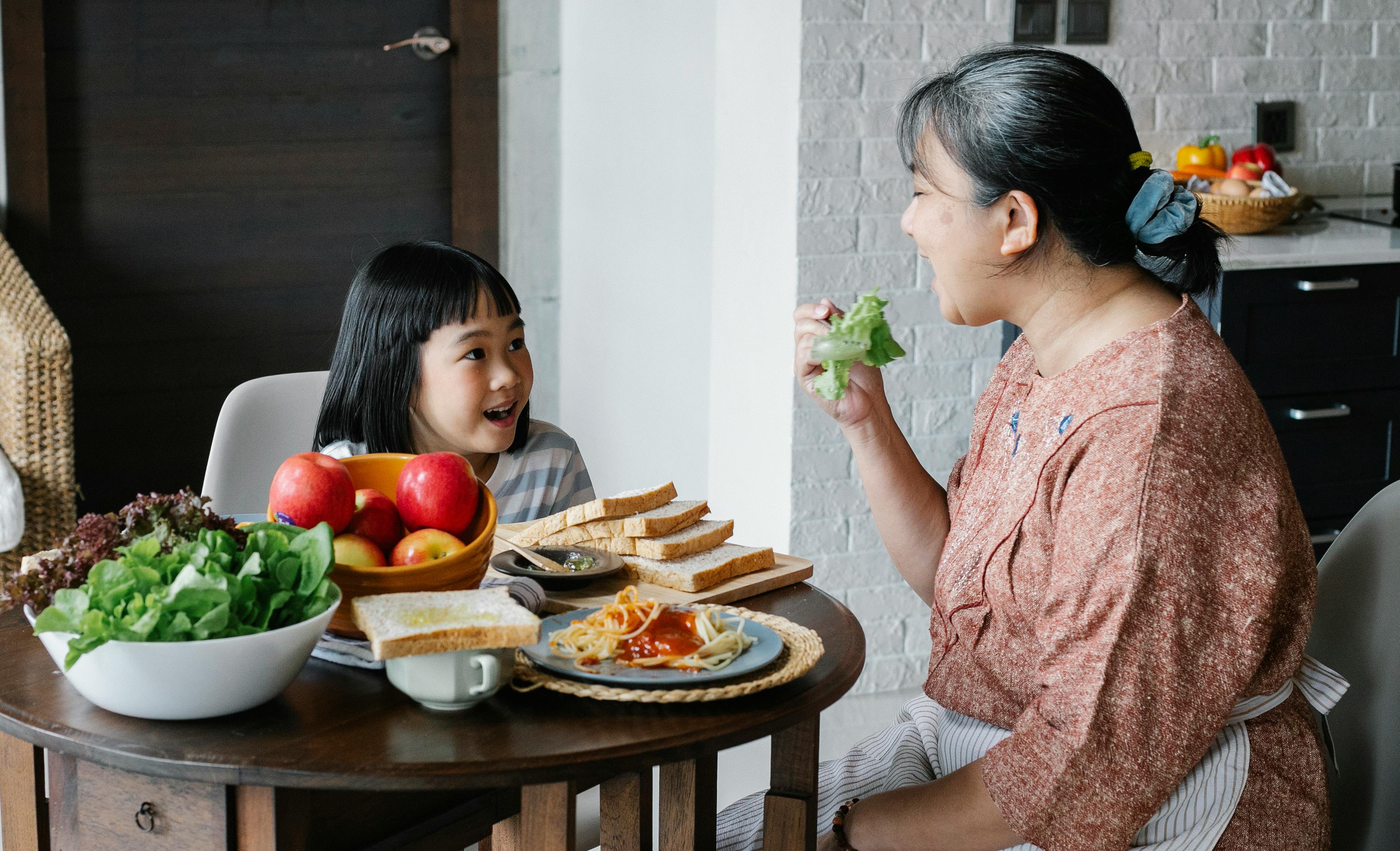The decorative elements of a room are what drive us to decide how well designed the interiors of a house are. From window treatments to baseboards, there is much that determines a home’s value because buyers also evaluate decorative components in addition to functionality when weighing the pros and cons of a property.
Often overlooked, skirting boards combine aesthetics and functionality. It serves to protect hardware from moisture, dust, and dirt that accumulates over time. It also serves to enhance the appearance of a room by ensuring a seamless flow of design from wall to floor.
There are several types of materials used in the construction of floors, among which are MDF or medium density fiberboard. Its sheer abundance, its ability to complement décor, and its relatively affordable cost make it a user favorite. Some prefer other options for personal taste. Let’s see what they all have to offer in both strength and weakness.
MDF
Medium Density Fiberboard is made from wood fibers bonded with wax or resin at high temperature and pressure. The resulting product is denser than plywood but lighter than natural wood. In terms of costs, MDF is much cheaper than wood despite the many advantages it offers.
The material is free of knots and rings, which means painting jobs are a piece of cake. It looks just as good when left unpainted. There is no grain that some prefer and others do not, but in any case, most buyers tend to apply a couple of coats of color to match the interior decoration.
When it comes to moisture, MDF has a slightly higher tolerance compared to natural wood. Of course, you should try to avoid getting it wet because it will warp if it gets soaked.
One of the most attractive features of MDF is that it can be installed using many techniques. It can be stapled, screwed and nailed (with pilot holes) and even glued. The latter option is offered by pre-finished skirting board providers for DIYers looking for easy installation. All you need to do is measure, cut and glue the baseboard for a clean, stylish finish.
natural wood
Natural wood was what our ancestors used for all baseboard requirements. It was easy to get, still cheap and easy to work with. Softwoods like pine are still affordable and available, but consistency is not maintained as some parts of the wood are denser than others. Therefore, when staining or varnishing is done, you may not get a uniform finish. Instead, you can opt for a light coat of paint.
More expensive woods like oak offer perfection, but the high cost means only a few can afford it. Oak is best stained and varnished, not painted. It can last a long time so the yields are great but, as mentioned, at a high cost.
What natural wood lacks is an easy replacement since, unlike MDF, it is not attached with glue. You will also have some difficulty getting the skirting board to conform to the shape of the wall due to stiffness.
Vinyl
Like MDF, vinyl is an affordable solution for baseboards. It’s also much more flexible, meaning it can go around arches and oddly shaped walls with ease. Custom colors and some trim styles are also available.
The downside of vinyl is its low density, so kicks and bumps will dent it easily. Baseboards are supposed to protect the base of the walls from such forces, but you might find warping boards in a few months unless you’re careful.



